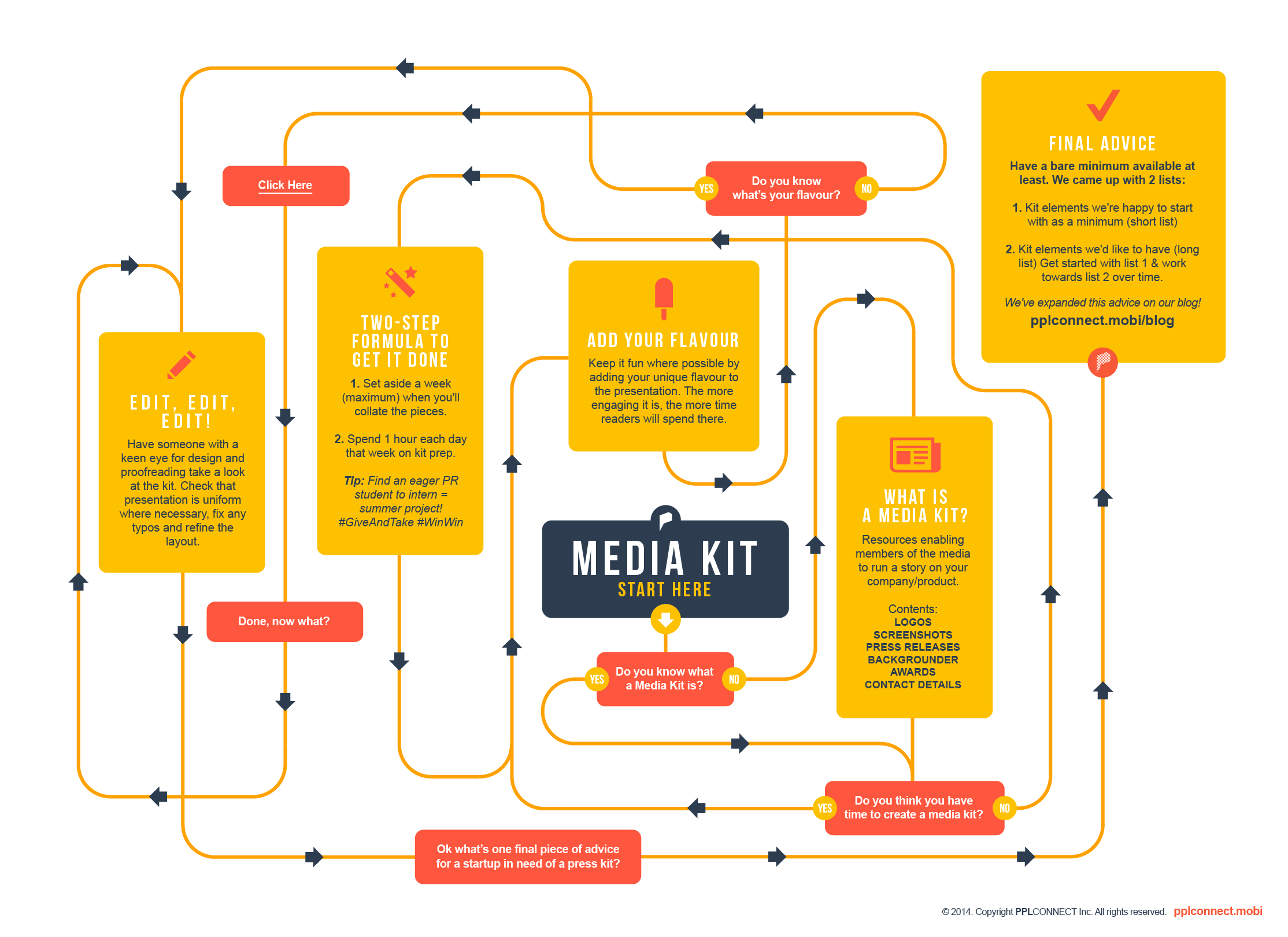One of Paul Graham’s oft-quoted advices is to do things that don’t scale. Paul explains that as startup founders, you cannot sit and wait for users to come to you. Instead, in the early days, you have got to recruit them manually. Although this is precious advice, one reason why a lot of startup founders don’t take this idea to heart is the fact that user acquisition costs often seem to shoot through the roof with such a strategy. But that does not have to be the case. Here are five bootstrapped sales and marketing ideas that may not scale but can help you find users in the early days.
Meeting People Outdoors : What are the kind of events that your target prospect likes to attend? Go to local meetups that your target prospect is likely to attend. You may not get to spend time with each of your prospects individually and would often be there to only get introductions for a future appointment. But although this is not scalable, it is a good way to get that initial reference. It’s always easier to make the next call introducing yourself as the person who they met at the meetup.
Cold Calls/Emails : This is the most common strategy to get your first users – find the target prospect and call them up. And if your prospect is someone who is also expected to check emails several times a day, email them. A lot of people assume cold calling is not for them. But the reality is that it is a skill that can be refined over time. This Youtube video has personally helped me significantly reduce my rejection rate. Depending on your infrastructure budget, it is recommended that start-ups invest in a business phone service that can help you bootstrap while allowing you call your prospects anywhere in the world.
Befriend An Influencer : Every industry has influencers that people in the industry look up to. These are people who are actively followed on Twitter and who speak at a lot of industry conferences. Getting them to endorse your product is an amazing way to reach out to all your target prospects at once. But this is not something that can scale, for building a relationship with one such influencer takes a lot of time and energy. Start off by following them on Twitter and engaging with them. You may be one of the hundreds who do this – so it takes time for them to know you by your name or even your Twitter handle. But over time, it is easy to ask them to try your product or refer it to their followers. MarketingProfs has a different take on influencer marketing, but is well worth the read.
Latching On To Trends : Social media users often dismiss businesses that latch on to the trending topics of the day as spammy. That’s because they abuse the trending hashtags in order to get visibility. This is not only unscalable, but also ineffective. The more effective way to find new prospects is by doing something that will appeal to them. According to Matt Mickiewicz from 99designs, his company made a great use of this technique when GAP announced a logo design that was heavily criticized. Hating on GAP’s new logo was trending in the industry and 99designs took to their crowdsourced platform to build a better logo. The result – not only did 99designs get visibility off a trending topic, they also got to showcase their platform to prospects who may have not known them earlier.
Speak At Conferences : A lot of start-up entrepreneurs make the assumption that they have not reached a level where they can speak at conferences. So while they religiously attend events, they only focus on listening to other speakers. But what one may have not realized is how desperate various organizers are for good speakers. If you are a business owner, people want to listen to your experiences in an industry event. Write to conference organizers – big and small – offering to speak. Register at the various online speaker marketplaces – you may eventually only get to speak at an event attended by twenty odd people. But not only does this set the first step for another event with a larger audience, you may also potentially have one influencer among the audience who could write about you, and help you reach out to your target prospects.
All of these strategies take a lot of time. But when you do succeed, the visibility you gain this way can be immense. What are your thoughts?
















